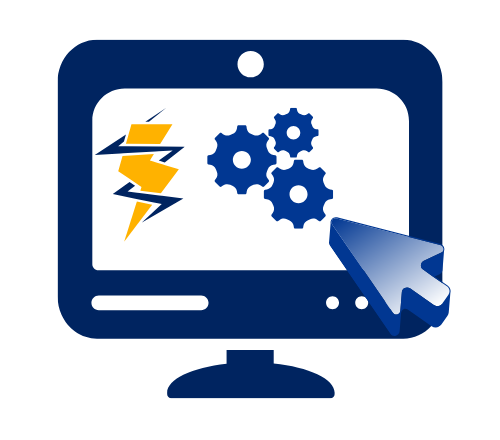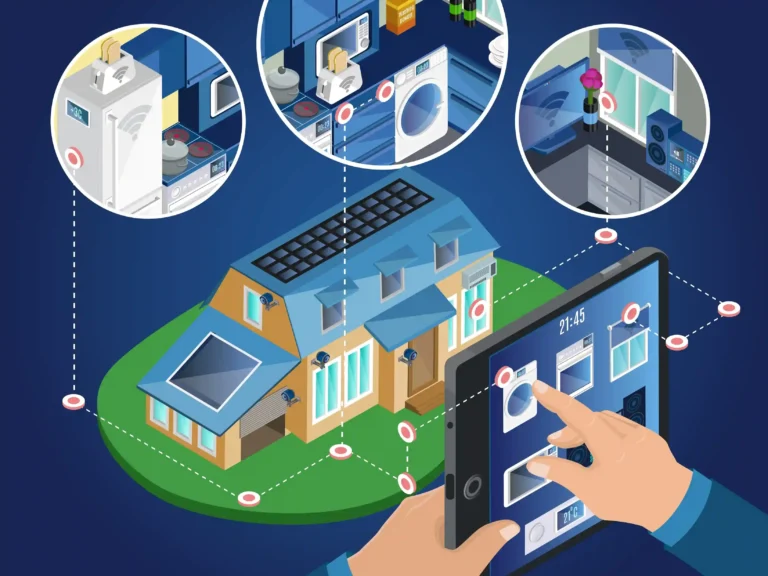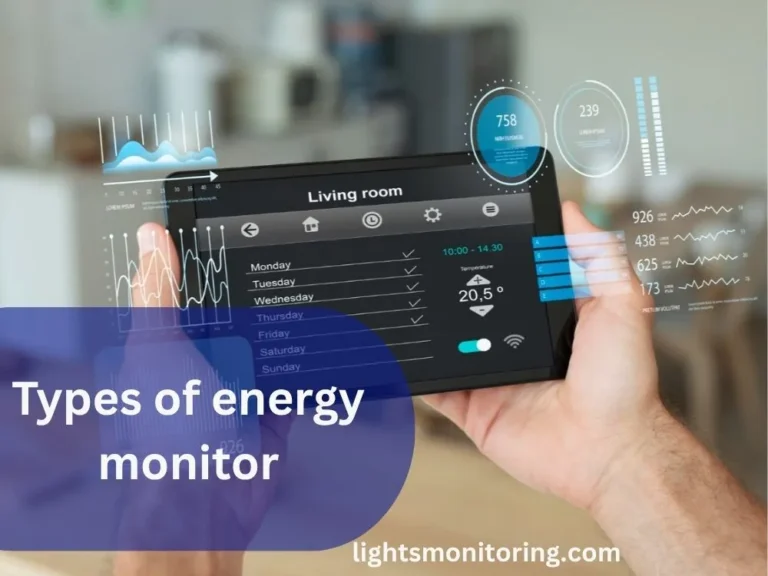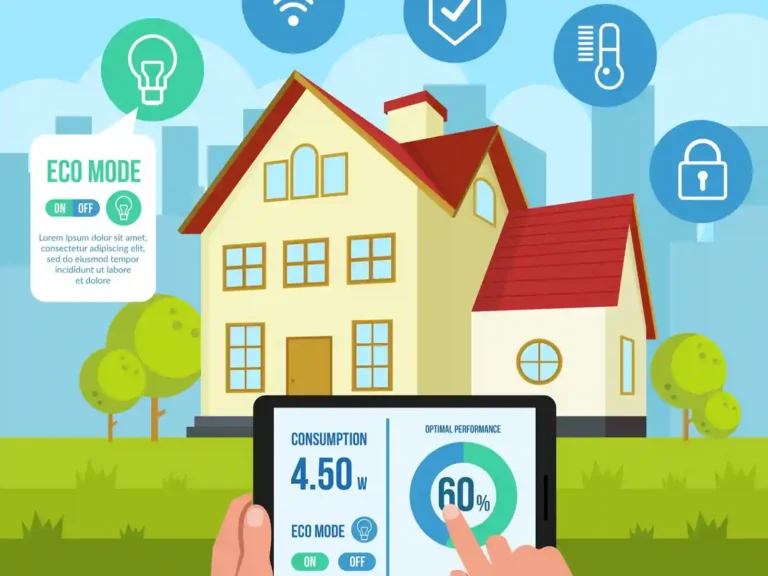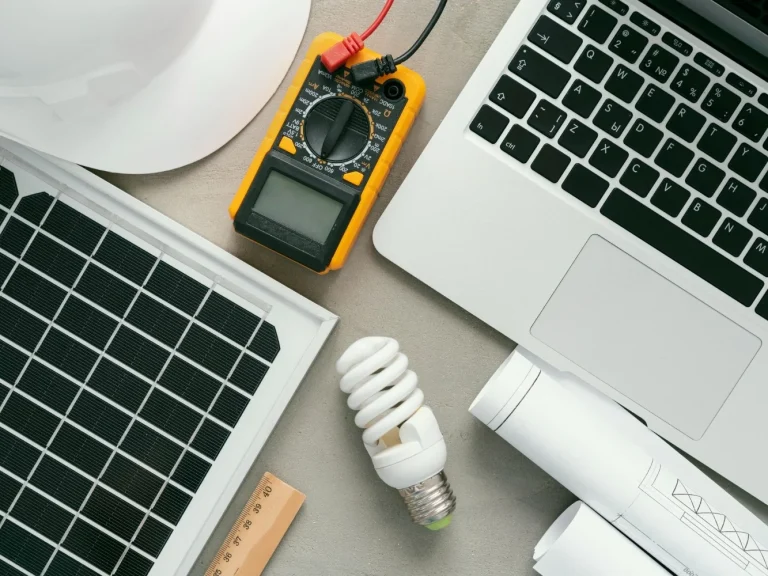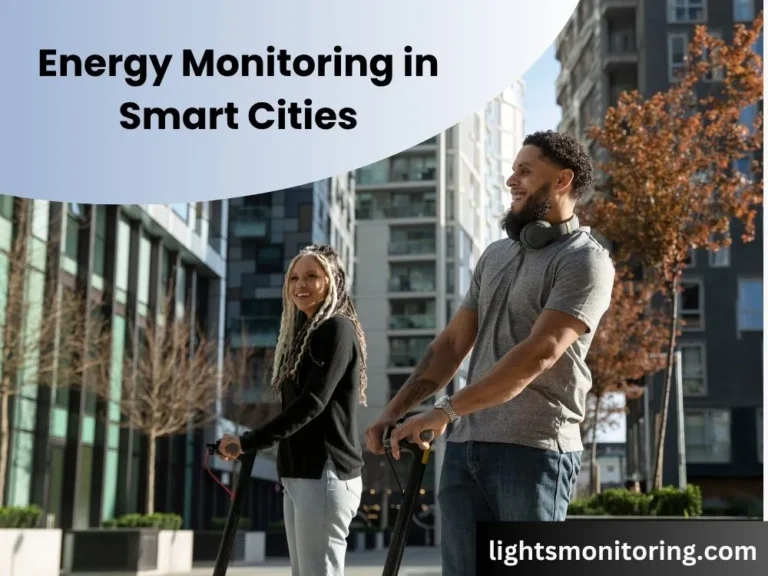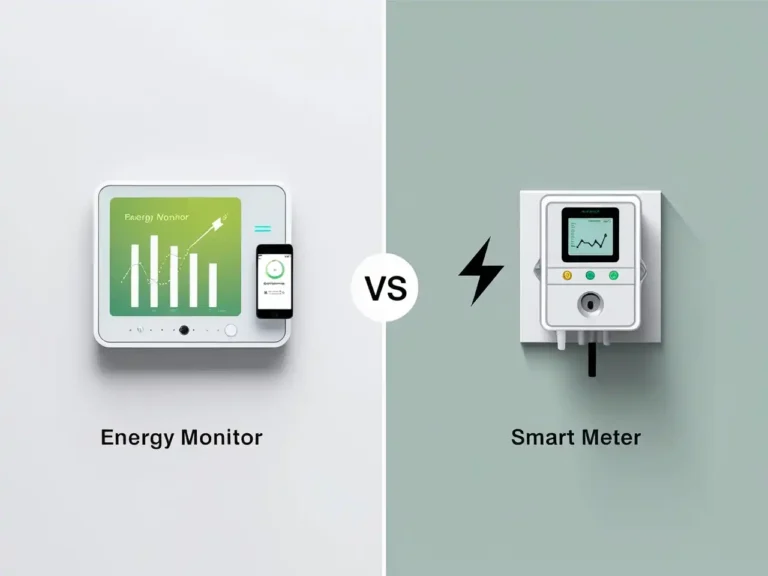The Future of Energy Monitoring: Trends and Innovations
Introduction
The global power monitoring market was valued at approximately USD 4.89 billion in 2024 and is expected to grow at a CAGR of 6.28% from 2025 to 2034, according to a report by Polaris Market Research. This growth is driven by rising energy costs, climate mandates, and expanding renewable projects. By 2030, fossil fuels are projected to shrink from ~80% to 73% of global energy supply, while renewables will dominate new power capacity — as noted on Wikipedia’s global energy supply page.
Energy monitoring is transforming from a passive tracker to a strategic enabler—empowering stakeholders to predict, optimize, and manage. In this article, we’ll provide granular insights, spotlight real-world applications, and share actionable steps for a future-ready energy strategy.
Try our free Electricity Usage Calculator to find out how much energy your appliances consume and start saving on bills today
AI-Powered Energy Analytics: From Awareness to Anticipation
Buildings & HVAC Systems
AI has slashed energy use by 8–19% in buildings, with one Manhattan building seeing 15.8% HVAC savings—saving $42,000 and cutting 37 metric tons of CO₂, per a Time case study.
A related case study from BrainBox AI confirms these results—15.8% reduction in HVAC-related electricity, saving $42,951 and mitigating 37.14 tCO₂e
Grid Reliability & Maintenance
Utilities like Duke Energy are embracing AI for predictive maintenance, flagging malfunctioning transformers before catastrophic failures (Business Insider).
Startup Rhizome’s AI platform helped a Texas utility reduce storm-induced outages by 72%, by prioritizing high-risk grid components (Business Insider).

IoT & Smart Sensors: Granular Visibility, Real-Time Control
The global IoT universe comprises ~17 billion connected devices as of late 2024 — per Wikipedia’s Internet of Things page.
Applications include university campuses like Arizona State University’s “Campus Metabolism”, which monitors energy, water, and renewables across dozen buildings in real-time.
Verdigris Technologies enables non-intrusive load monitoring in commercial buildings—pinpointing device-level inefficiencies using AI-clamped sensors and dashboards.
Compare the energy usage of your appliances with our free Appliance Energy Comparison Calculator and find the most cost-efficient options for your home.
Blockchain for Energy: Transparency and Decentralization
Monitoring systems are starting to integrate blockchain for secure, tamper-resistant usage logs and peer-to-peer energy trading.
A prime example: the “smart grid” microgrid at France uses dynamic software to manage shared solar and battery resources across homes.
Predictive & Prescriptive Monitoring: Smarter and Proactive
Predictive analytics is evolving beyond alerts; now it prescribes actions before issues occur.
In Indiana, a predictive heating control system reduced daily heat use by 19%, backup energy by 38%, and reliance on peak power by 83%, all without sacrificing comfort.
Reinforcement learning was used in a pilot to coordinate energy consumption across households, aligning demand with grid targets in real time.
Power Monitoring Market Trends: AI, Cloud, and Renewables
The power monitoring market is expanding—projected to grow from USD 3.548 billion in 2025 to USD 5.947 billion by 2035, at a CAGR of 5.3%, per Future Market Insights.
Energy monitoring solutions (corporate/industrial) could reach USD 3.5 billion by 2033, growing at 12.5% CAGR.
Smart meter rollouts in the U.S. (~118 million) and EU (~99 million) are central to expanding AMI infrastructure.
Edge Computing: Speed Meets Resilience
Edge-processing allows near-instant analytics without cloud dependence—vital for mission-critical environments like industrial plants or microgrids.
This architecture supports immediate response to anomalies, enhancing safety and reliability.
Innovations Soon to Go Mainstream
- Wearable energy monitors for technicians.
- AI-managed microgrids optimizing supply in real time.
- Smart city-level integration connecting EV chargers, street lighting, and buildings for dynamic energy balancing.

How to Prepare Today: A Strategic Roadmap
Step 1: Audit current energy use using smart sensors.
Step 2: Set targets (e.g., 15% reduction in 12 months).
Step 3: Select systems offering AI, IoT, edge, and cloud capabilities.
Step 4: Pilot projects in high-impact areas.
Step 5: Train teams and integrate data into workflows
Step 6: Scale and stay compliant as regulations evolve.
Conclusion
The evolution of energy monitoring is underway—from reactive tracking to intelligent, actionable systems that anticipate demand, shore up failures, and lower costs sustainably. With AI, IoT, blockchain, and edge tech converging, the time to act is now.
FAQs
Energy monitoring is shifting toward AI-powered, predictive systems that integrate IoT sensors, blockchain, and edge computing. These technologies will help predict energy needs, prevent failures, cut costs, and support sustainability goals.
Despite concerns, system-wide gains (like 8–19% HVAC savings) outweigh data center costs, although continued optimization is needed.
Blockchain adds transparency and immutability, but depends on platform security and adoption standards.
Industrial, commercial, data center, and utility users—especially those with high energy loads and sustainability mandates.
